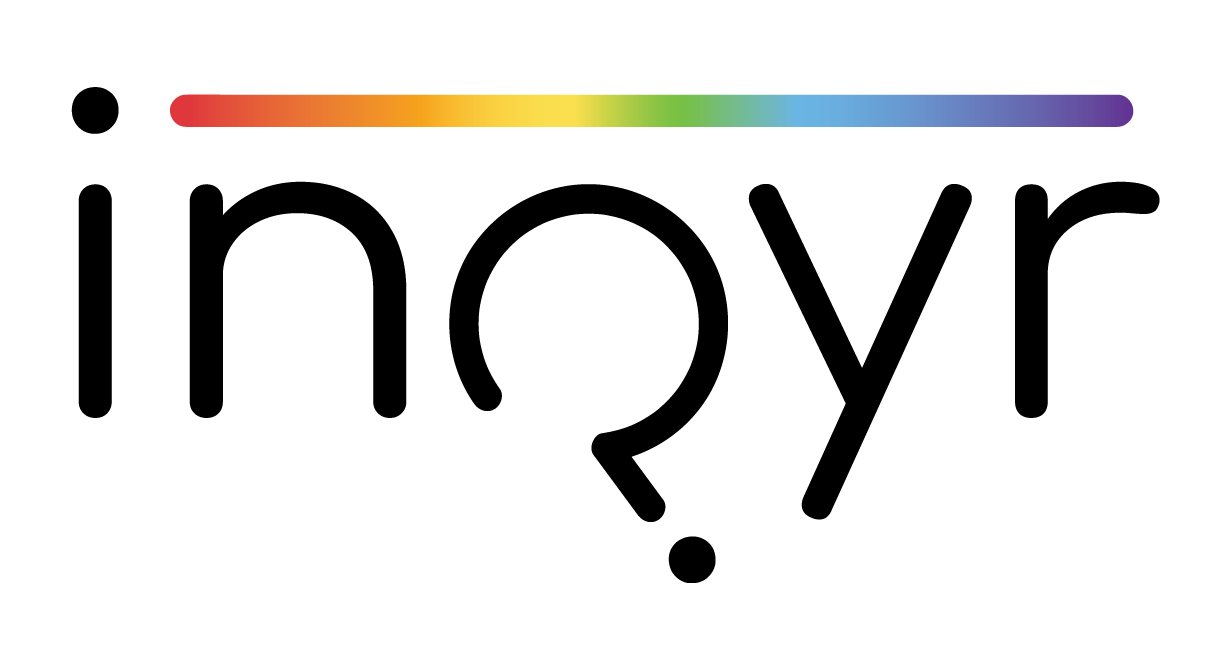You can form a part of yourself online: The influence of new media on identity development and coming out for LGBTQ youth
Craig, S. L., & McInroy, L. (2014). You can form a part of yourself online: The influence of new media on identity development and coming out for LGBTQ youth. Journal of Gay and Lesbian Mental Health, 18(1), 95–109. https://doi.org/10.1080/19359705.2013.777007
Highlights
Background
There is a paucity of research on emerging forms of media that are critical to the coming out and identity development of many lesbian, gay, bisexual, transgender, and queer (LGBTQ) youth.
New media refer to Internet-based media including websites, web-based TV, web-based news, social media, social networking, and video sharing.
Study Description
This qualitative, multi-modal, grounded theory study aims to identify the influence of online media on the identity development and coming out process of LGBTQ youth.
Participants (n = 19; Mage = 19.47, SDage = 1.22) had a range of sexual and gender minority as well as ethnic and racial identities.
All participants spent more than five hours a week online and used a wide array of Internet-based media platforms. Use of social media, music and video sharing, and blogging were especially prevalent.
Key findings
Results indicate that new media enabled participants to 1) access resources, 2) explore identity, 3) find likeness, 4) digitally engage in coming out, and 5) expand these newly developed identities into their offline lives (e.g., coming out to folks in offline lives).
Specifically, LGBTQ youth are able to rehearse crucial developmental tasks (e.g., coming out, cultivating identity, increasing self-confidence and self-acceptance, and building relationships) in online life through new media before undertaking them in offline life.
Practitioners who utilize existing models of sexual identity development, such as Cass’s (1979) framework, must recognize and incorporate the importance of new media into the various stages of coming out.

